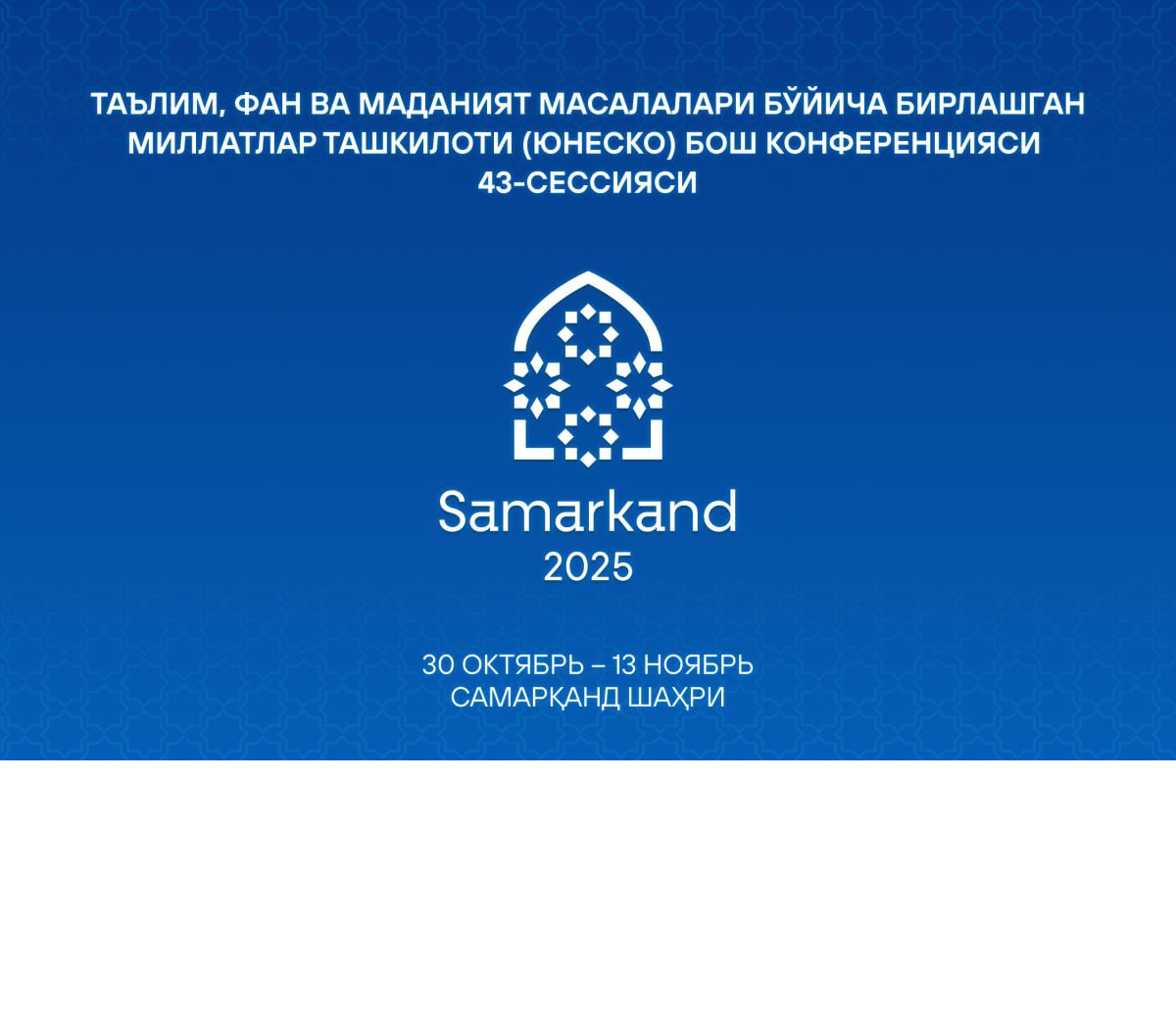-
Uzbekistan and Kazakhstan: Partnership for a Sustainable Future of the Region
2025-11-12 146Cooperation between Uzbekistan and Kazakhstan in the field of ecology and environmental protection continues to demonstrate dynamic development and the strengthening of strategic interaction built on trust, mutual understanding and a shared commitment to ensuring environmental security in Central Asia.
-
Expanding regional transport capabilities in Central Asia is a key factor in integrating countries into the global economy
2025-11-12 111The foreign policy of modern Uzbekistan is focused on taking concrete measures to further strengthen mutually beneficial cooperation and long-term multilateral partnerships with all countries worldwide.
-
Cooperation between the Republic of Uzbekistan and the Republic of Kazakhstan in the field of tourism
2025-11-12 72Cooperation between the Republic of Uzbekistan and the Republic of Kazakhstan in tourism is an important direction of bilateral relations and holds a special place within the broader framework of cultural and humanitarian ties between the two neighboring countries.
-
Uzbekistan–U.S. Higher Education Cooperation Enters a New Stage: Opportunities and Prospects within the C5+1 Format
2025-11-12 83Today one of the priority directions of Uzbekistan’s foreign policy is the expansion of strategic partnerships and the exchange of modern knowledge and scientific innovations. In this process, cooperation with the United States–especially in higher education, science, and innovation–is reaching a new level.
-
Uzbekistan–United States trade: emerging upward dynamics
2025-11-12 63Uzbekistan’s trade relations with the United States have shown steady expansion over the past decade. In 2024, Uzbekistan exported $431 million worth of goods to the U.S. – a tenfold increase compared to 2014 ($42.4 million).
-
Uzbekistan and Finland: Similar Approaches to Building Good-Neighborly Regional Relations
2025-10-30 78In an era characterized by growing disunity among global powers, the strategies employed by so-called “middle” states in forging stable regional relations present promising solutions for achieving international peace and cooperation.
-
Strengthening сooperation between Uzbekistan and Serbia: current trends and prospects
2025-10-30 75The European vector of Uzbekistan’s foreign policy is aimed at expanding the geography of its partnerships and deepening cooperation across all mutually beneficial areas. In this context, relations with Serbia stand out for their consistency, mutual respect, and the sustained interest of both sides in strengthening collaboration.
-
The President of Uzbekistan to take part in the opening ceremony of the next UNESCO General Conference session
2025-10-30 83On October 30, the President of the Republic of Uzbekistan, Shavkat Mirziyoyev, will take part in the opening ceremony of the 43rd session of the General Conference of the United Nations Educational, Scientific and Cultural Organization (UNESCO), which will be held in the city of Samarkand.
-
The New Central Asia and Uzbekistan’s Role in Regional Transformation
2025-10-30 157This year, the United Nations marks its 80th anniversary — a symbolic milestone for the entire international system undergoing profound transformation. Amid escalating conflicts, global inequality, and widening technological divides, the UN platform is once again emerging as a space where states seek compromise and shape new rules of global engagement. For Uzbekistan, the anniversary session of the General Assembly was not merely a diplomatic event, but an opportunity to reaffirm its new international standing — that of an active participant and initiator of regional and global processes.

























